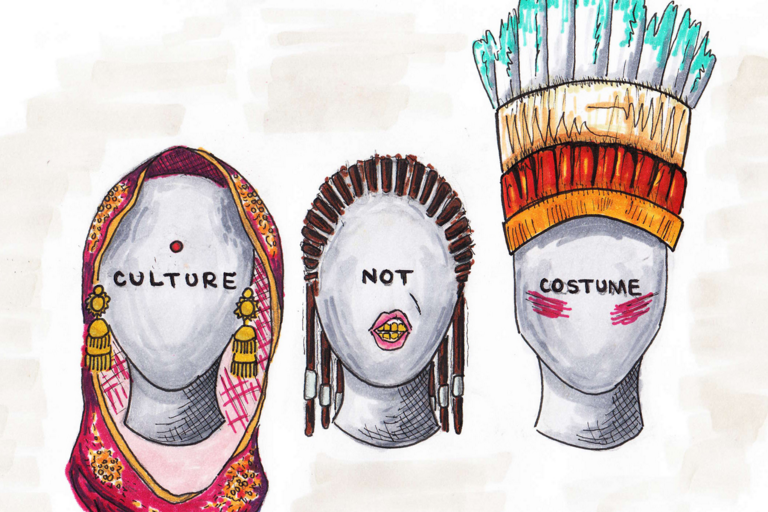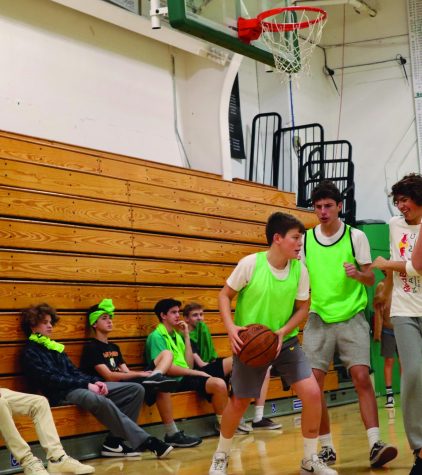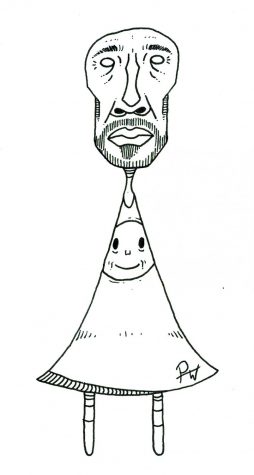Cultural appropriation: when exchange becomes genocide
April 17, 2018
Cultural appropriation is the adoption or use of elements and influences of one culture by members of a separate culture. It is a major problem. As a matter of respect, it is time for this to stop.
Headdresses, cornrows, and bindis have become notorious fashion statements at music festivals such as Coachella or Outside Lands.
Wearing these items portray disrespect and often result in personally offending someone. Understanding how traditions of cultures became common fashion statements is vital to recognize why this is a problem.
Traditional Native American headdresses are significant throughout their culture. Headdresses are worn by male leaders who have earned great respect in their tribe. Seen as items of spirituality and importance, they are only to be worn by elders who have earned the honor to do so.
A model at Coachella wearing a headdress has not earned that honor
Another commonly worn fashion accessory is a bindi. A bindi is a sacred decoration worn throughout the Indian subcontinent. A red dot worn on the center of the forehead, it represents cultural and historical importance amongst Hindus.
The criticism surrounding celebrities wearing bindis stems from the belief that bindis represent religious significance and should not be worn as a fashion statement.
Taking a religiously or culturally sacred article of clothing, then turning it into fashion, degrades the importance of the items within the culture. This is often referred to as “cultural genocide.”
The line between appropriation and cultural exchange becomes even more blurred in regards to Black culture and African-American history. Cornrows represent an easily identified instance.
According to Techlearning.com, cornrows are an ancient traditional African hairstyle, in which hair is braided very close to the scalp. Cornrows are now most commonly worn in order to maintain African hair, due to its texture and density, often times a preferred style to keep hair neat.
There is now discrimination and prejudices about cornrows. In 2011, a school in the United Kingdom refused entry to a student of color with cornrows. The school claimed the hairstyle violated their dress code and was worn as an indicator of gang membership according to The Guardian.
This is not the first time false assumptions have been made towards people with cornrows. The term “ratchet” or “ghetto” frequently is used when describing black people wearing cornrows, implying stigma.
However, an article published by The Atlantic in Oct. 2015 proved otherwise. In the early 2000s, white people seemed to have adopted black culture by wearing cornrows to parties and events. This was deemed as “cool” and “edgy” by surrounding audiences, leading the fashion world to catch on.
For white people, it wasn’t until they started styling their hair in braids and dreadlocks, that black culture became socially appreciated.
On Aug. 14, 2016, Crystal Valentine and Aaliyah Jihad performed a slam poem for New York University titled Hide Your Shea Butter, personally addressing this issue; “I say Bantu knots, you give me mini buns. I say cornrows, you give me boxer braids. I say hip-hop, you give me Macklemore.”
Their uplifting performance gave valuable insight on how black communities feel about the ongoing issue of appropriation.
So does this mean one’s culture is off limits in terms of admiration and embodiment? Not necessarily. A complicated issue, the best advice is to be smart. Understanding the historical significance when taking part in another’s culture is vital.
It is understandable that this line is so often blurred, due to the complexity of the issue. A general key would be to recognize that if something is risky, the best bet would be to simply leave it.
A fashion choice is never worth personally offending someone.






